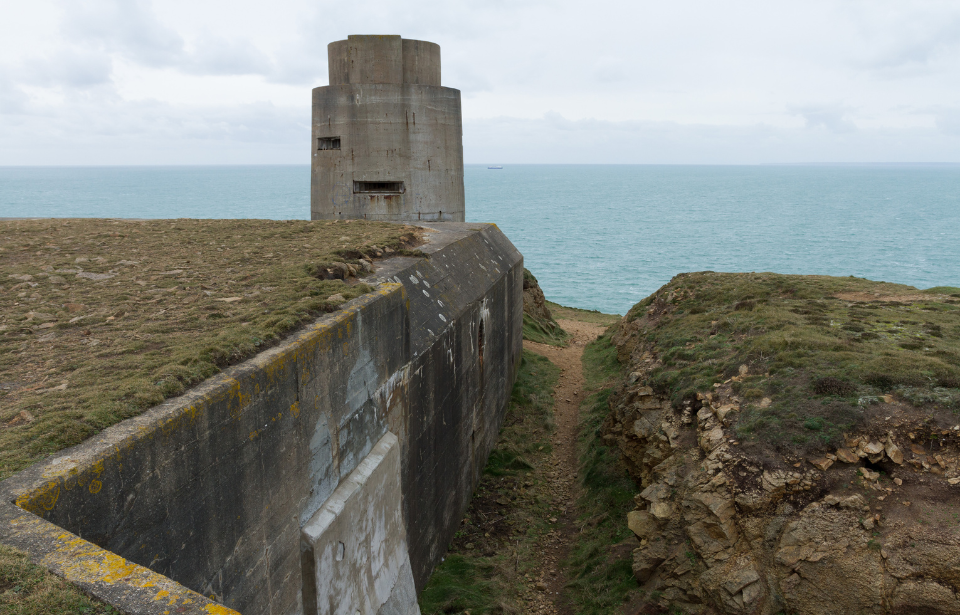Battery Moltke is a German World War II coastal artillery battery named after Helmuth Johann Ludwig von Moltke, who was the Chief of the German General Staff from 1906 until 1914. Its remains are situated at Noirmont Point in the area of Les Landes, on the Channel Island of Jersey.
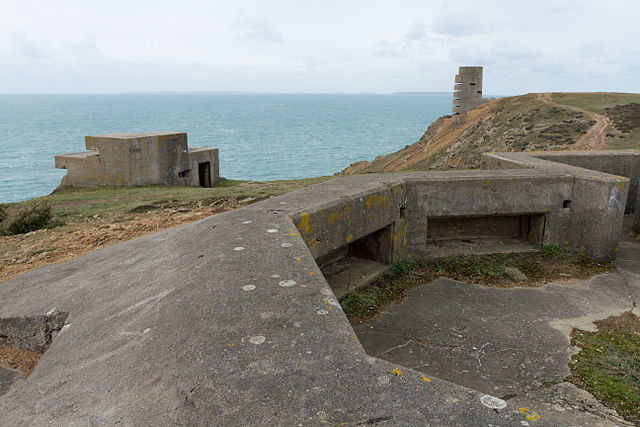
Construction of the complex started in 1942 under the order of German army authorities but it was never completely finished. The work was done by the notorious Organisation Todt (a civil and military engineering group of the Third Reich), which used forced labor for their projects.
The construction of military structures on the island of Jersey was carried out largely by Soviet slave-workers and prisoners-of-war.
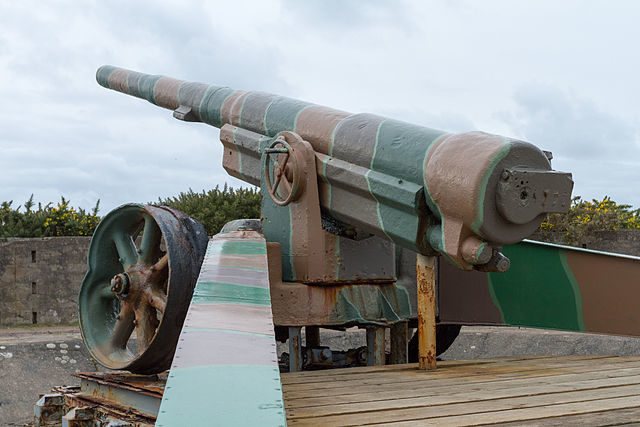
Battery Moltke was equipped with four 6-inch French guns, which were made in 1917. The Germans captured large quantities of these World War I guns when they occupied France.
The guns were nestled in open concrete emplacements and could hit enemy targets within a radius of approximately 12.5 miles. Their main purpose was to defend St. Ouen Bay as well as the rest of the island, especially the critical positions that could be easily reached by the Allies in the event of an amphibious attack.
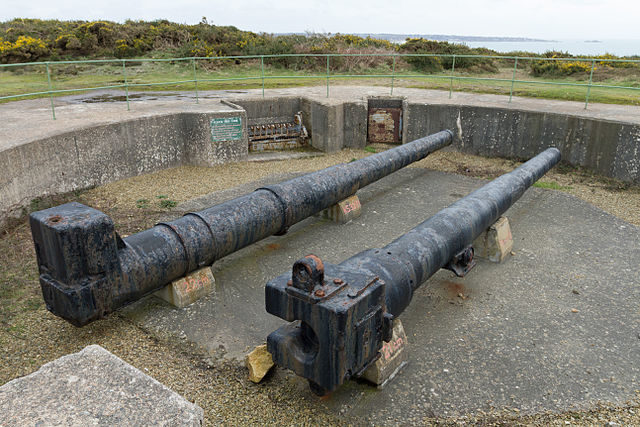
The battery also stood to defend the stretch of water between Jersey and Sark. It included underground bunkers that were connected with interior tunnels.
The guns were intended to be used only for a short period of time; the Germans planned to replace the old-fashioned weaponry with modern semi-automatic models. But the new 6-inch SKC/28 guns never arrived at Moltke because the production lines in the Krupp factories were heavily destroyed during Allied air attacks on the Ruhr region in 1942 and 1943.
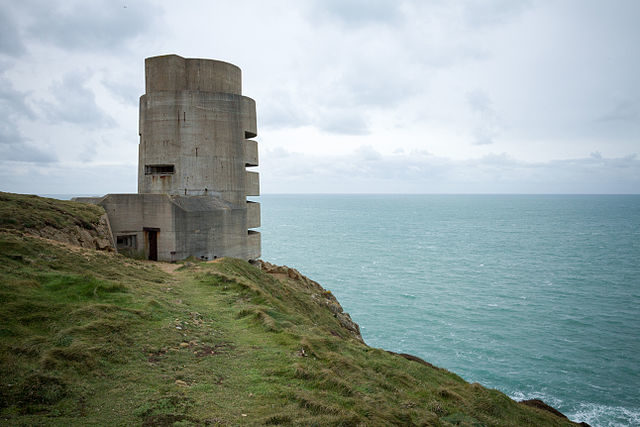
The site was prepared with gun emplacements, bunkers, and ammunition depots constructed specially for the new guns. A naval control tower, officially named MP3 (Marine Peilstand und Meßstellung 3), is situated to the north of the gun emplacements.
The tower was a crucial part of the battery and was part of a network of towers that were planned to be placed on different locations around the island in order to provide better observation of the movement of enemy ships. It was built between the end of 1942 and the beginning of 1943.
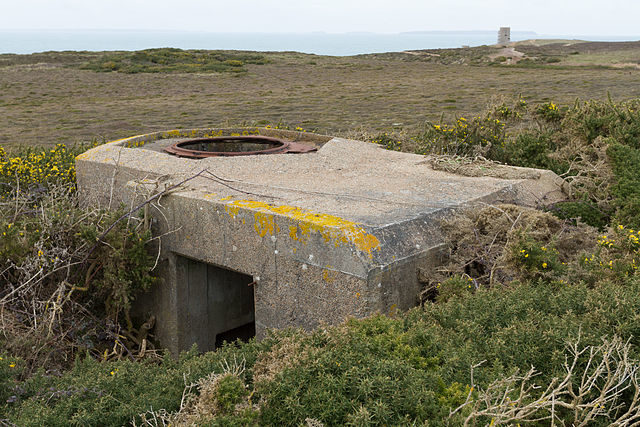
The Germans’ plan was to construct nine fortified towers along Jersey’s coastline. However, due to a lack of forced labor and a shortage of cement, only three of them (MP1, MP2, and MP3) were completely finished by the end of the war.
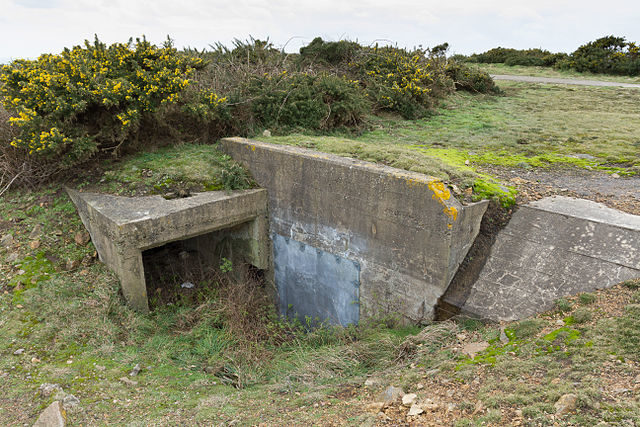
By comparing information from just two of these towers, the Germans could easily and accurately calculate the location, distance, and direction of enemy ships.
This information was then passed to the various gun batteries around the island, enabling the gunners to aim more accurately. The towers had radars that were used in bad weather conditions or at night.
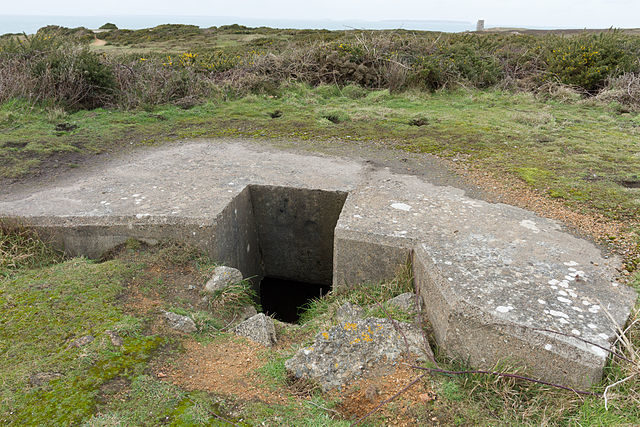
Behind the tower was an adjoining large bunker, which served as a personnel bunker and also housed the generator that provided power for the radar.
The MP3 tower was protected by a trio of flak gun bunkers that formed a triangle. Today, these are in ruinous state and are overgrown with vegetation.
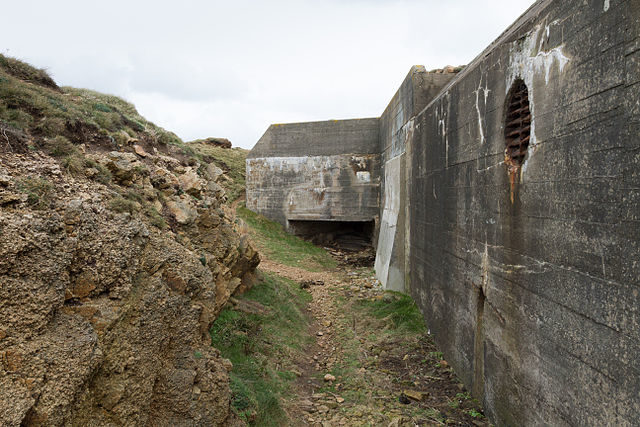
In August 1944, the British destroyer HMS Onslaught was pursuing a German convoy. During the action, it entered in the range of Battery Moltke. The Germans were alarmed by the enemy presence and immediately opened fire. HMS Onslaught stopped action and withdrew.
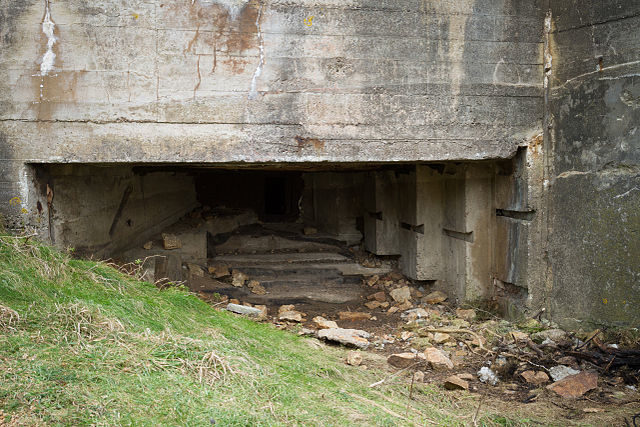
After the war, local authorities ordered a massive clean-up operation in an effort to remove as many traces as possible of the German occupation.
The operation was carried out by members of the Royal Army Ordnance Corps. They dismantled all of Jersey’s 29 heavy coastal artillery guns and threw them out over the cliffs.
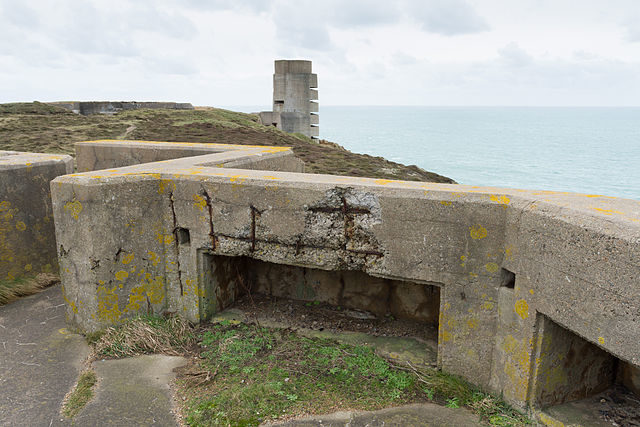
A few years later, parts of them were recovered from the foot of the cliffs and were carefully restored. One gun can be seen today at Moltke, displayed as a military relic. Another of the original guns can be seen at Gun Battery Dollmann, on the neighboring island of Guernsey.
The SKC emplacement holds two other cannon barrels that were recovered. They were not originally situated at Moltke during the war.
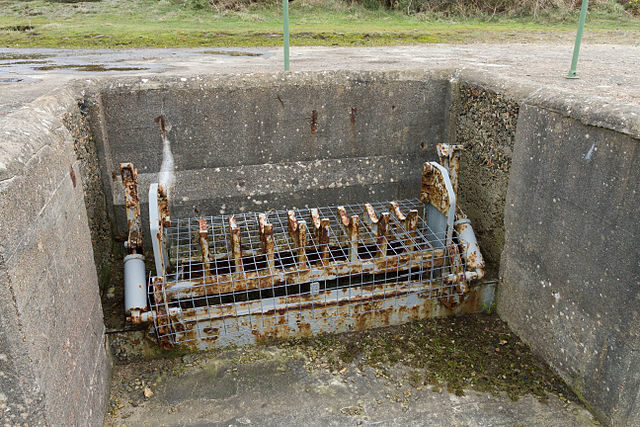
The site is now managed by local volunteers. They have cleared it of graffiti and trash but there is still rubble in some places. Some structures have been restored but others have not. The ruined parts only add to the atmosphere of the location.
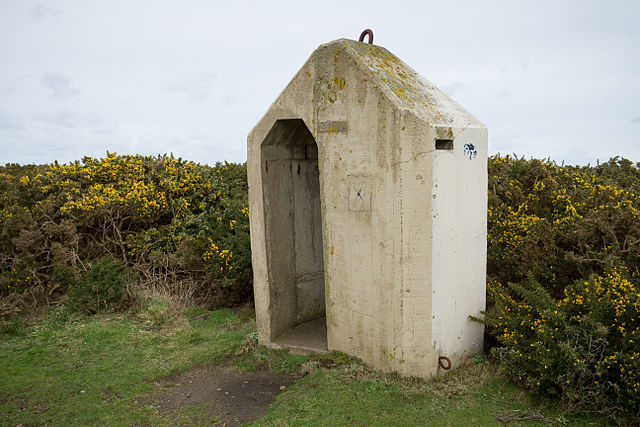
A restoration project was begun in 1979 and is still ongoing. One of the 6-inch gun emplacements was completely restored, along with the large underground passages that lead to the personnel bunker.
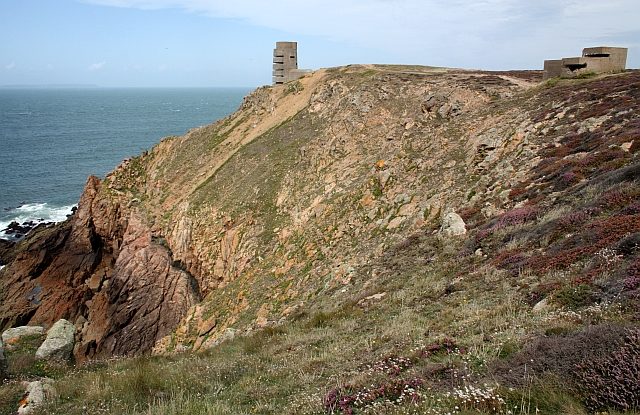
The bunker was built to accommodate 27 soldiers and officers. It had a 6.5-foot-thick roof and a ventilation system, central heating, bunk beds, and boiler. It was equipped to endure heavy bombardments. Three of the four ammunition bunkers are currently used for display purposes too. The entire complex is open for public visits.
